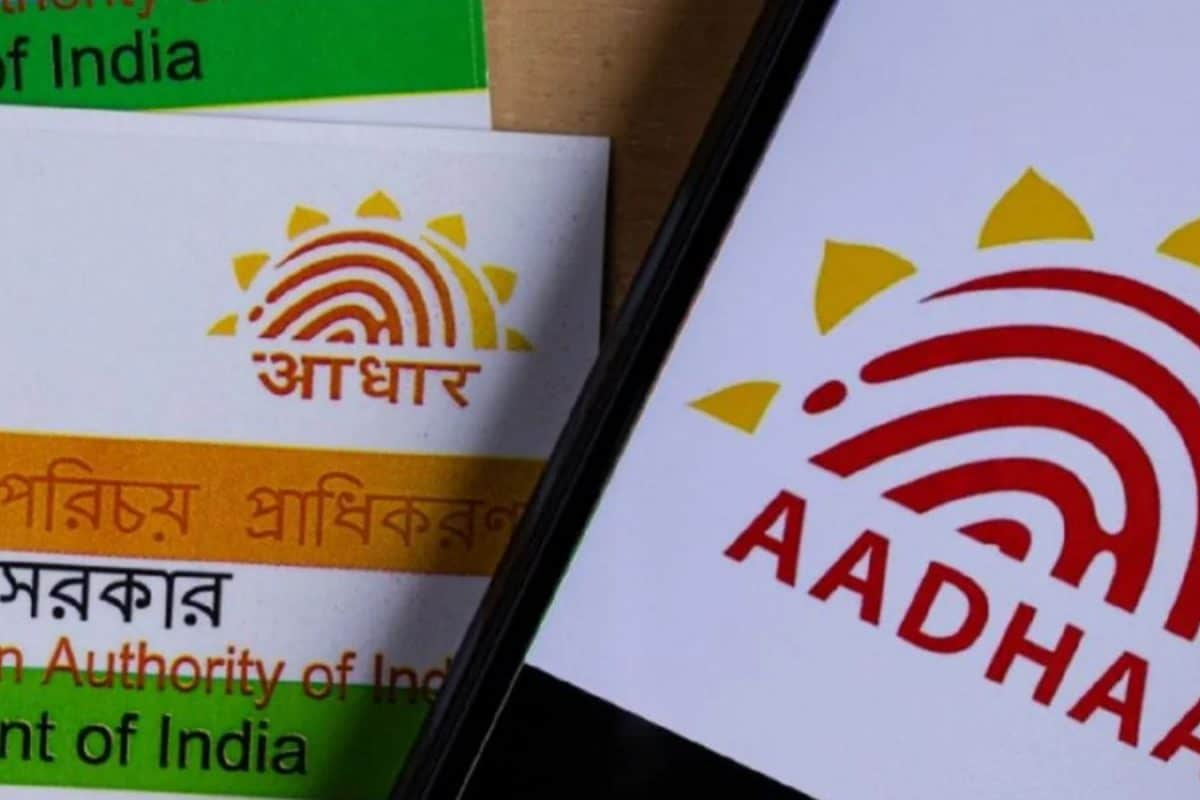The Unique Identification Authority of India (UIDAI) has established new guidelines for Aadhaar enrollment and updates, effective July 2, 2025. These "Aadhaar (Enrolment and Update) First Amendment Regulations, 2025" supersede the 2016 regulations, introducing revised lists of documents accepted as proof of identity, address, relationship, and date of birth. It is crucial for citizens to be aware of these updated rules when applying for a new Aadhaar or updating existing details.
Enrolling for Aadhaar
To enroll for a new Aadhaar card, you can visit an Aadhaar Enrolment Center (AEC) or an Aadhaar Seva Kendra (ASK). On the UIDAI website, you can locate the nearest center and even book an appointment. At the center, you’ll need to fill out an enrollment form and provide the required documents. Your fingerprints, photo, and iris scan will also be taken. Enrollment is free of charge, and the Aadhaar card typically arrives within 90 days.
Documents for Enrollment and Updates
UIDAI accepts specific documents as proof of identity (POI), proof of address (POA), proof of relationship (POR), or proof of date of birth (DoB).
General Documents Accepted
- Valid Indian Passport
- PAN Card/e-PAN Card (for identity proof only)
- Ration/PDS Photograph Card/e-Ration Card
- Voter Identity Card/e-Voter Identity Card
- Driving License (for identity proof only)
Proof of Identity (POI)
- Passport
- PAN card
- ECHS Photo card
- Driving license
- Photo identity cards issued by the Government of India
- Service photo ID cards issued by PSUs
- Voter Identification card
- Legally approved name change certificate
- Ration or PDS Photo card
- Licence of Arms
- Bank ATM card Photo
- Credit card Photo
- Photo card of the Pensioner
- Photo card of the Freedom Fighter
- Kisan Photo Passbook
- Photo card of CGHS
- Certificate of Marriage that was issued by the Marriage Registrar
- Job card of NREGS
Proof of Address (POA)
- Passport
- Bank statement
- Passbook
- Ration card
- Voter ID
- Driving License
- Electricity bill (not older than 3 months)
- Water bill (not older than 3 months)
- Telephone landline bill (not older than 3 months)
- Spouse's passport
Proof of Date of Birth (DOB)
- Birth Certificate
- Certificate/SSLC Book
- Passport
- Pension Payment Order (Central or State)
- PAN Card
- Marksheet issued by a Government Board/University
- Photo ID card containing DOB, issued by a recognized Educational Institution
Documents for Children
For children up to 5 years old, Aadhaar enrollment can be based on the Head of Family (HoF) or specific documents. A birth certificate is now mandatory for children born on or after October 1, 2023.
Documents for Specific Updates
- Name Change: Gazette Notification of the new name and supporting old photo ID.
- Gender Change: Medical Certificate from a surgeon.
- DoB Change (Exception Cases): Self-declaration as per the notified format along with a Birth Certificate.
How to Update Aadhaar Details
Aadhaar details can be updated both online and offline.
Online Update
- Visit the UIDAI website.
- Log in using your Aadhaar number and the OTP received on your registered mobile number.
- Select ‘Document Update’ from the ‘myAadhaar’ tab.
- Choose the details you want to update (Proof of Identity or Proof of Address).
- Upload scanned copies of the required documents.
- Submit the update request.
Offline Update
- Locate the nearest Aadhaar Enrollment Center or Aadhaar Seva Kendra.
- Carry original copies of the documents you need to update.
- Fill out the Aadhaar update form available at the center.
- Provide your biometrics (if required) and submit the form along with the documents.
- Pay the necessary fee and collect the acknowledgment slip with the Update Request Number (URN).
Fees and Deadlines
The last date to upload documents for Aadhaar update for free is June 14, 2026, on the myAadhaar portal. After this date, a fee of ₹50 will be levied for updating details online. For offline updates, the fee is ₹50 for demographic and document updates and ₹100 for biometric updates.
Importance of Updating Aadhaar
UIDAI advises updating your identity and address proof every 10 years to ensure accuracy and continued usability. Keeping your Aadhaar information updated reduces the possibility of service interruption or denial of government benefits due to outdated information.

